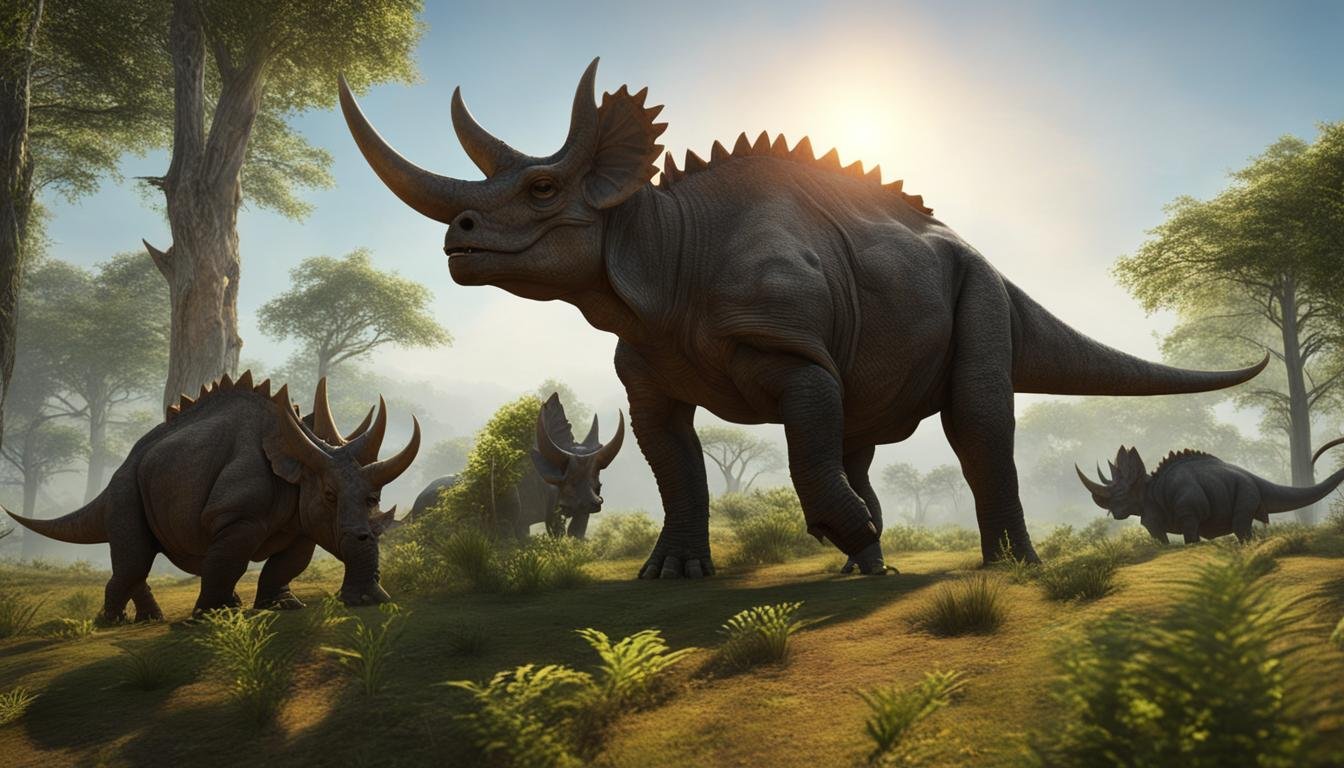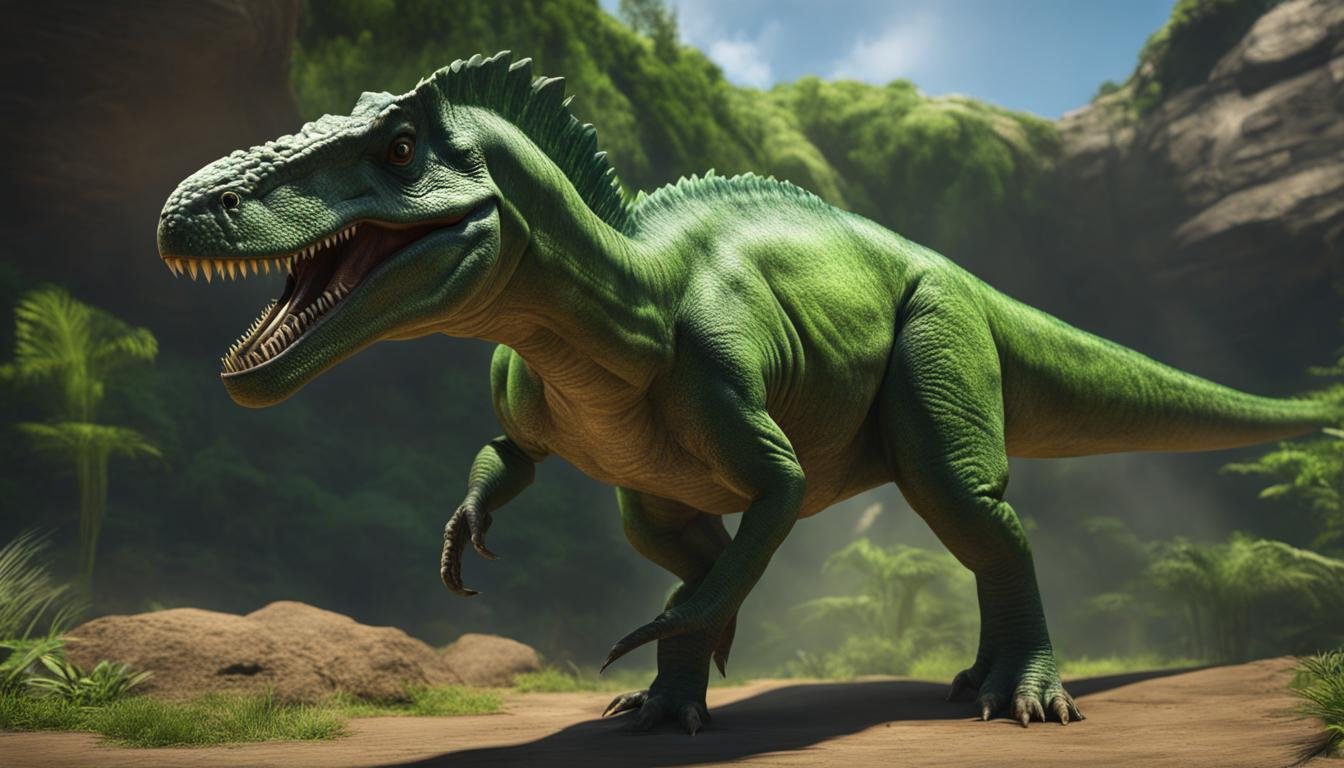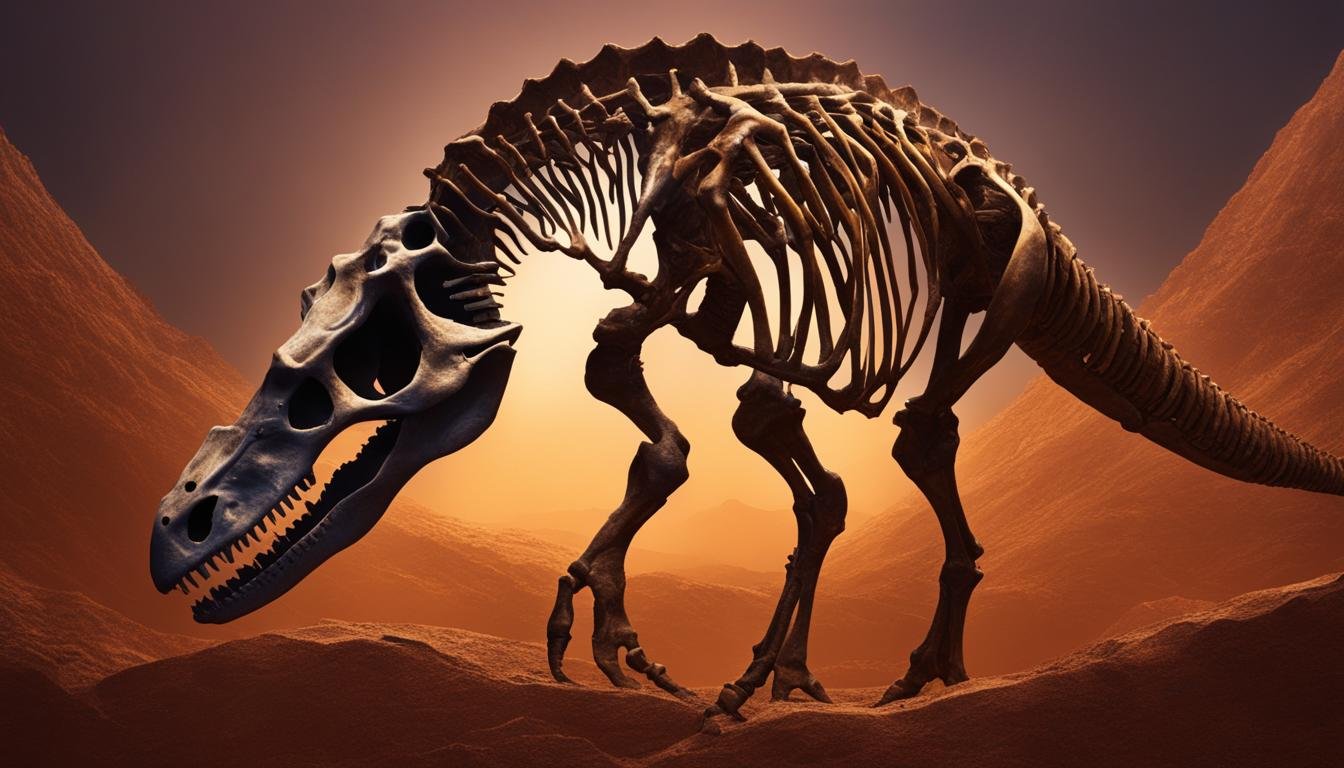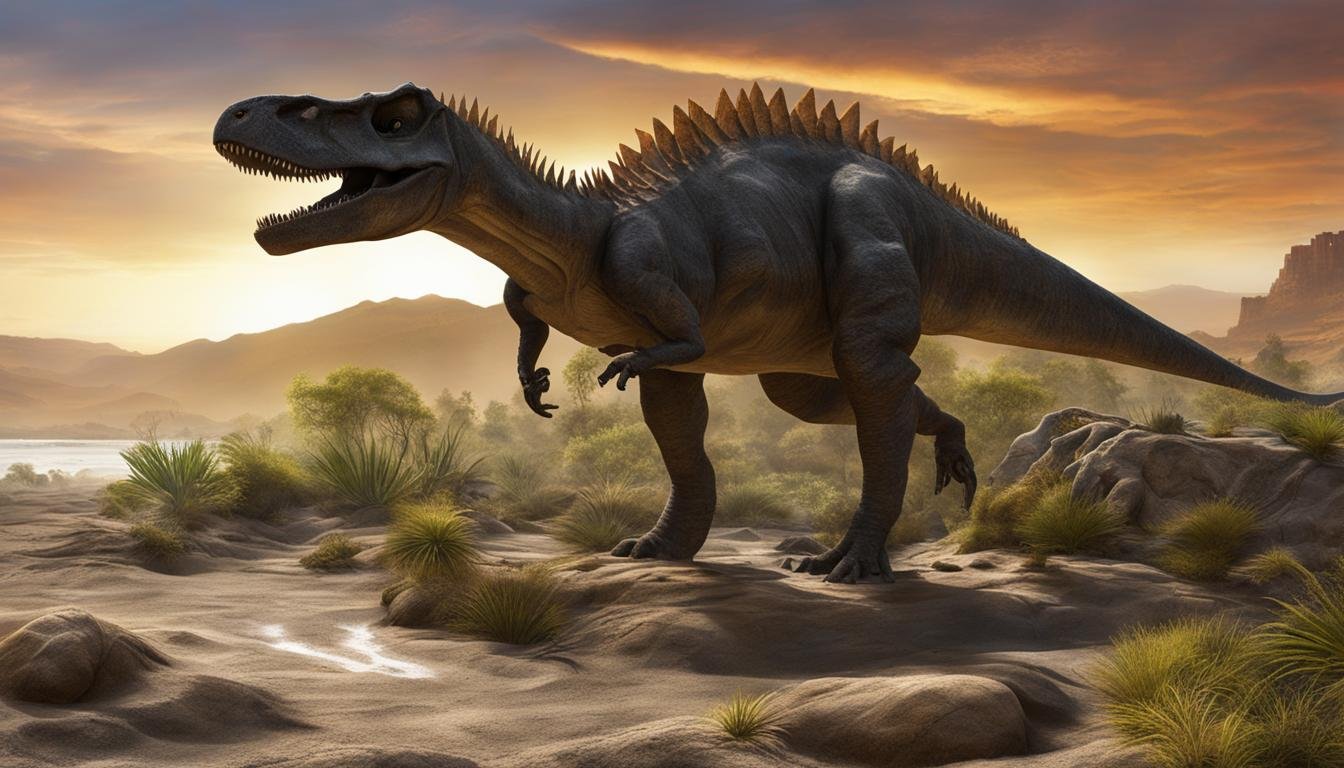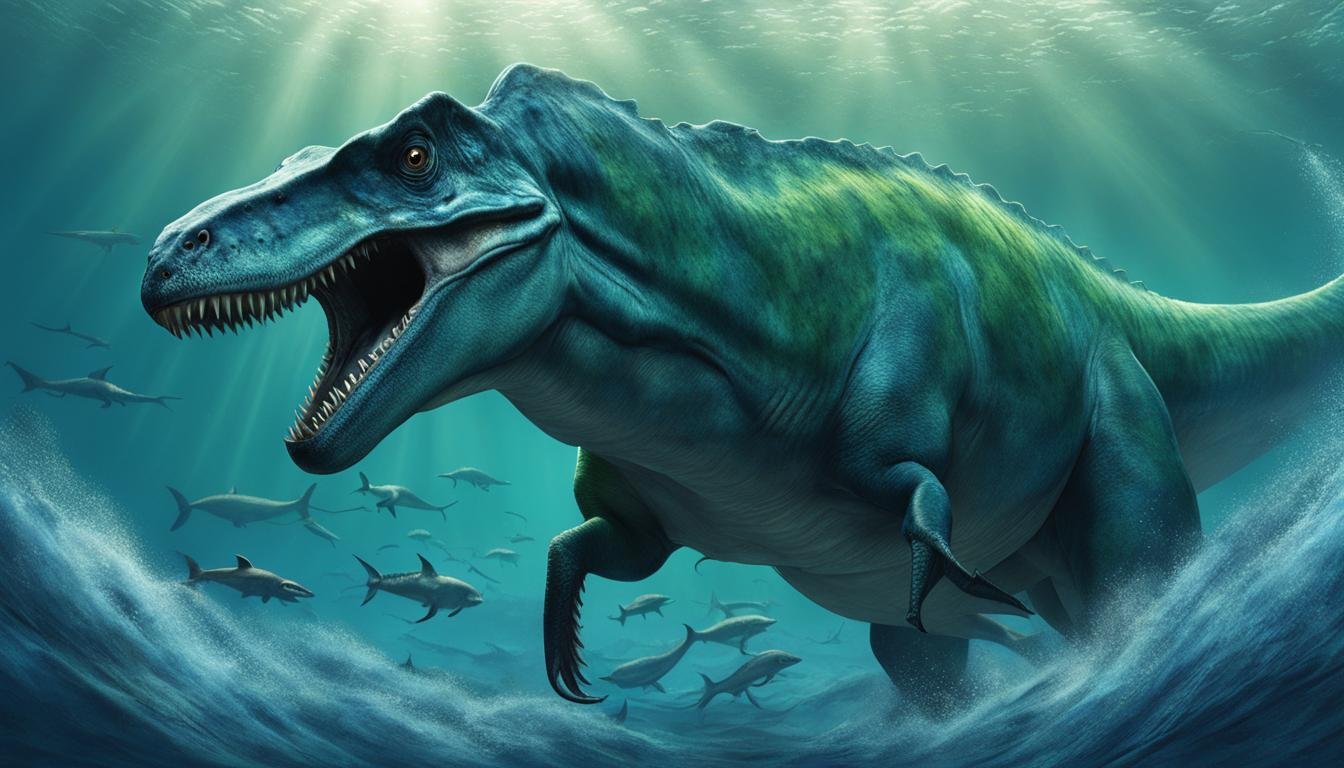A recent study has provided evidence that dinosaurs exhibited complex social behavior much earlier than previously thought. The study focused on a group of Mussaurus patagonicus fossils found in Patagonia, Argentina, that date back to around 193 million years ago. The fossils showed signs of age segregation, indicating a complex, herd-like social structure. This suggests that dinosaurs, specifically herbivorous sauropodomorphs, lived in groups and engaged in cooperative behaviors, such as communal nesting, foraging, and raising the young together.
| Key Takeaway | Detail |
|---|---|
| Complex Social Behavior | Paleobiological studies reveal that dinosaurs engaged in complex social behaviors. |
| Mussaurus Patagonicus Herding | Fossils of Mussaurus patagonicus show evidence of herd behavior and cooperative activities among these dinosaurs. |
| Social Dynamics | Dinosaurs exhibited social dynamics including communal nesting, cooperative foraging, and raising young in groups. |
| Importance of Social Behavior | The study highlights that social behavior was vital for the survival and reproductive success of dinosaurs. |
| Future Research Potential | Ongoing research and further exploration of fossil records are expected to provide more insights into the social lives of dinosaurs. |
Behavioral Adaptations in Social Dinosaurs
Social dinosaurs, like Mussaurus patagonicus, exhibited various behavioral adaptations to enhance their survival and reproductive success. These adaptations included cooperative hunting, where individuals worked together to take down larger prey, territoriality, where groups defended their feeding and nesting areas from other dinosaurs, and parental care, where adults took part in raising the young. Additionally, pack formation allowed for increased protection against predators and better resource acquisition in their ecosystem.
Cooperative hunting was a crucial strategy employed by social dinosaurs. By working together in coordinated attacks, they were able to overcome the challenges posed by larger and more dangerous prey. This behavior required effective communication and coordination among group members, allowing them to efficiently take down their target. Territoriality was another important adaptation, as it ensured that social dinosaurs had access to adequate food resources and nesting sites. The defense of these territories from other dinosaurs helped maintain their group dynamics and ensured the survival of their offspring.
Cooperative hunting, territoriality, parental care, and pack formation were key behavioral adaptations that allowed social dinosaurs to thrive in their prehistoric environment.
Parental care was a significant aspect of social dinosaur behavior. Adults participated in the care and rearing of their young, which increased the survival rates of offspring. This behavior involved feeding, protecting, and teaching the young, ensuring their successful transition to adulthood. The formation of packs within social dinosaur groups provided additional benefits. Pack formation allowed for increased protection against predators through collective predator deterrence and increased chances of survival in the face of environmental challenges.
| Behavioral Adaptations in Social Dinosaurs | Benefits |
|---|---|
| Cooperative Hunting | Successful takedown of larger prey through coordinated attacks |
| Territoriality | Access to adequate food resources and nesting sites |
| Parental Care | Increased survival rates of offspring through feeding, protection, and teaching |
| Pack Formation | Enhanced protection against predators and increased chances of survival |
Behavioral adaptations in social dinosaurs provided them with a competitive advantage in their ecosystem. By working together, defending territories, caring for their young, and forming packs, these dinosaurs were able to thrive and successfully adapt to their environment. These social behaviors laid the foundation for their evolutionary success and contributed to the complex and fascinating social lives of dinosaurs.
Social Communication and Group Defense Mechanisms
Social behavior in dinosaurs involved complex social communication and group defense mechanisms. These behaviors were crucial for their survival and played a significant role in their evolutionary success. Let’s explore some key aspects of social communication and group defense mechanisms in dinosaurs.
Social Communication
Dinosaurs likely used various forms of communication within their social groups. Vocalizations, such as calls and roars, could have served as signals to coordinate activities or warn of potential dangers. Visual displays, such as postures and gestures, may have conveyed important information about dominance, courtship rituals, or territorial boundaries. Additionally, scent markings could have been used to communicate individual identities and group affiliations.
Kin Selection and Social Complexity
Kin selection, a form of natural selection, played a role in the formation of social groups in dinosaurs. Individuals were more likely to help and protect their close relatives, ensuring the survival of shared genes. This social complexity allowed dinosaurs to navigate complex predator-prey relationships and establish dominance hierarchies within their groups. By working together and cooperating, they increased their chances of survival in a dangerous prehistoric world.
Group Defense Mechanisms
Dinosaurs employed various defense mechanisms to protect their groups from predators. Coordinated attacks, where multiple individuals banded together to fend off a threat, provided increased safety and deterrence against predators. Collective predator deterrence involved the entire group intimidating or repelling potential attackers. These defense mechanisms demonstrated the strength and unity of the social group, further enhancing the survival chances of individuals within the group.
| Behavior | Description |
|---|---|
| Coordinated Attacks | Multiple individuals working together to fend off a threat |
| Collective Predator Deterrence | Group-wide intimidation or repelling of potential attackers |
The social communication and group defense mechanisms employed by dinosaurs allowed them to thrive in their prehistoric environments. These behaviors, which included vocalizations, visual displays, scent markings, kin selection, and collective defense, showcased their advanced social capabilities and contributed to their evolutionary success.
Species Interactions and Ecological Niche Adaptation
Social dinosaurs not only exhibited complex social behavior within their own species but also engaged in various interactions with other dinosaur species. Fossilized trackways provide valuable insights into these species interactions and shed light on the dynamics of prehistoric ecosystems. These trackways capture the footprints left by different dinosaur species as they moved and interacted with each other.
Mating rituals and territorial displays were important aspects of these species interactions. Male dinosaurs would often engage in elaborate displays to attract mates, showcasing their strength and dominance. These displays not only played a role in courtship but also served as a means of establishing and defending territories. By marking and defending their territories, dinosaurs could ensure access to essential resources such as food, water, and nesting sites.
Social bonding among dinosaurs was crucial for their survival and reproductive success. By forming social bonds, dinosaurs were able to establish cooperative relationships within their groups and enhance their chances of survival in a challenging and ever-changing environment.
Reproductive strategies varied among different dinosaur species, with some exhibiting communal nesting behaviors while others laid eggs individually. Communal nesting involved multiple females laying their eggs in a single nest. This behavior not only provided protection for the eggs but also allowed for collective incubation and care, increasing the chances of successful hatching and survival of the young. These different reproductive strategies were closely tied to the ecological niches that dinosaurs occupied.
| Dinosaur Species | Mating Rituals | Territorial Displays | Reproductive Strategy |
|---|---|---|---|
| Tyrannosaurus Rex | Displaying dominance through roaring and posture | Marking and defending territories through scent markings and physical displays | Individual nesting with minimal parental care |
| Triceratops | Head-to-head combat between males for mating rights | Horn displays and charging to defend territories | Individual nesting with minimal parental care |
| Hadrosaurs | Complex vocalizations and head crest displays | Marking territories with scent and physical displays | Communal nesting with shared incubation and parental care |
The diverse social behaviors and interactions among dinosaurs allowed them to adapt to their respective ecological niches. These behaviors provided advantages in resource acquisition, predator avoidance, and reproductive success. By understanding the complex dynamics of species interactions and ecological niche adaptation in dinosaurs, paleobiologists can gain valuable insights into the evolutionary history of these magnificent creatures.
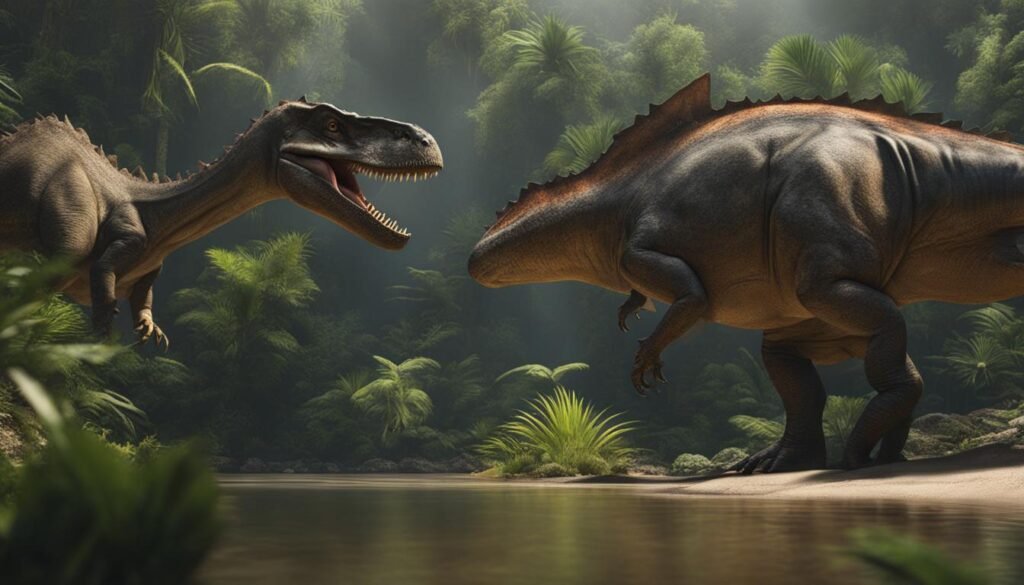
Conclusion
The study of social behavior in dinosaurs has revealed fascinating insights into their evolutionary history. The discovery of herd behavior in Mussaurus patagonicus and other early dinosaurs challenges previous assumptions about the timing and complexity of social interactions in these ancient creatures.
The evidence suggests that social behavior was crucial for their survival and played a significant role in their evolutionary success. Social dinosaurs exhibited behavioral adaptations such as cooperative hunting, territoriality, and parental care, which enhanced their chances of survival and reproductive success. Additionally, social communication and group defense mechanisms allowed them to navigate complex predator-prey relationships and establish dominance hierarchies within their groups.
Further research and exploration of fossil records will continue to shed light on the rich and diverse social lives of dinosaurs. The study of social behavior in dinosaurs is an ongoing journey, providing us with invaluable information about their social structures, species interactions, and ecological niche adaptation.

